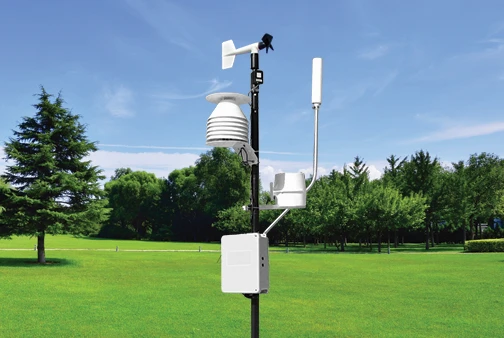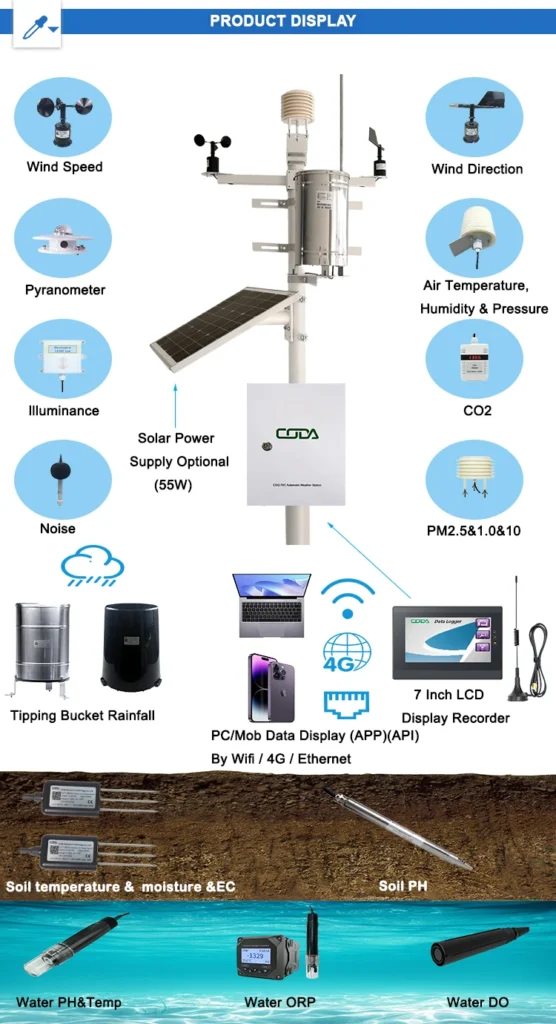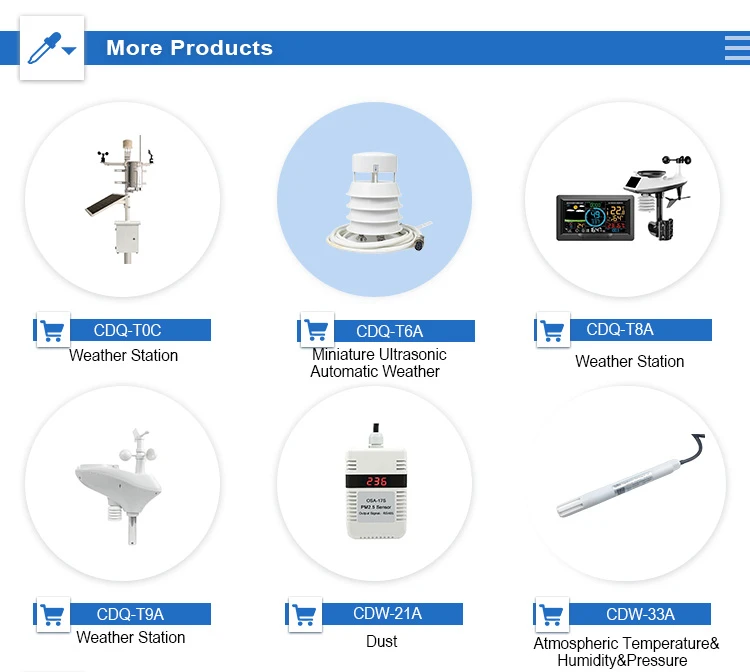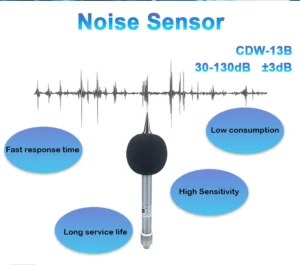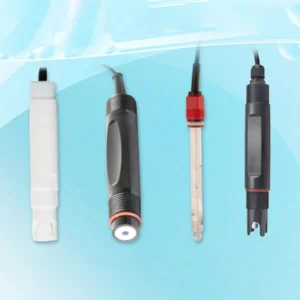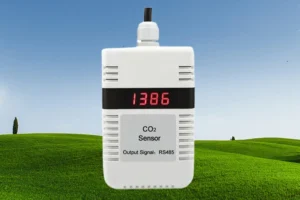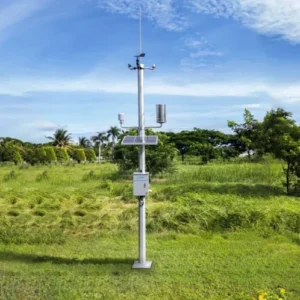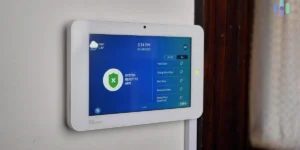The Importance of Weather Instruments in Daily Life
Weather instruments are very important in today’s world. They help us understand and prepare for changes in the weather. Think about how simple it is to check the daily weather on your phone. Severe weather alerts can help save lives.
These tools make everything possible. They help predict the weather accurately. This is important for keeping communities safe. They also help with economic activities and show us environmental patterns.
Decoding Weather Patterns: How Instruments Collect Crucial Data
Weather instruments are often ignored, but they are very important for studying the weather. They collect key data that helps scientists study and predict weather events. Here’s a closer look at some key tools and what they do:
– **Anemometers:**
Measuring wind speed is important for finding out how storms might affect us. This information helps give timely warnings for strong winds.
– **Thermometers:**
Both traditional and digital thermometers give accurate temperature readings. This helps us track changes in the climate. Such information is important for studying climate trends and understanding global warming effects.
– **Barometers:**
Barometers measure air pressure. They are important for predicting short-term weather changes. For example, a quick drop in pressure often means a storm is on the way.
– **Hygrometers:**
Hygrometers measure humidity levels. This data helps us understand fog, dew, and rain patterns. These readings show if it will be dry or if it might rain.
– **Radar and Satellites:**
New tools like radar and satellites help us track rain, clouds, and temperature around the world. Together, they improve both short-term and long-term weather forecasts.
The steady flow of accurate data from these tools is key to weather prediction. It helps us anticipate conditions and take action.
The steady flow of accurate data from these tools is key to weather prediction. It helps us anticipate conditions and take action.
Enhancing Weather Forecasting and Disaster Prediction Through Data
Weather forecasting relies on data from these tools. This helps meteorologists make accurate models for predicting daily weather and severe events.
– **Short-Term Forecasting:**
Real-time data from instruments supports hourly or daily forecasts. This helps industries like agriculture, transportation, and energy adapt to upcoming conditions effectively.
– **Long-Term Forecasting:**
Long weather predictions use years of collected data to find seasonal or cyclical trends. This helps farmers, policymakers, and others make better planning decisions.
– **Weather Models:**
These are math simulations made from data collected by instruments. They help predict things like hurricane paths and extreme heat waves. Good input is very important for getting accurate results.
Weather instruments are important for accurate forecasting. They give us information that helps lower risks and improve readiness.
Tracking Environmental Changes: The Long-Term Role of Tools
Weather instruments help us see changes in the environment. They do this by recording data over time.
– **Climate Research:**
Tools that measure temperature, rainfall, and other factors show key climate trends. These trends include rising global temperatures and changing rainfall patterns. The information from this data helps us address biodiversity loss and changes in ecosystems.
– **Air Quality Assessment:**
Devices that check air pollution are important for studying industrial emissions. They help us learn how to improve public health and sustainability in our communities and worldwide.
Weather tools mix short-term forecasts with long-term environmental knowledge. They help people adjust to a changing world.
– **Long-Term Trends:**
To track climate change, we need data collected over many years. By studying this data, we can see important patterns and trends..
These patterns show the wider effects of changing climate conditions. For example, changes in rainfall can show shifts in weather patterns. This can affect farming, water supplies, and ecosystems.
In conclusion, weather instruments are important for tracking changes in the environment. They help us see the long-term effects of climate change. The data they provide helps us make good decisions. This allows us to face environmental challenges and adapt to changing conditions.
Safety and Preparedness: Reducing the Risks of Natural Disasters
Weather instruments do more than just forecast. They are important for disaster preparedness and response. By providing real-time data, these tools help communities prepare for severe weather. This helps reduce the impact of such events.
Early Warning Systems: One important job of weather tools is to give timely warnings for severe weather. Accurate alerts help people take safety steps, which can save lives. For example, tornado sirens activated by radar data give residents precious time to find shelter before the storm hits.
Flood Management: Tools like rain gauges and river-level sensors help predict floods. These forecasts allow emergency teams to prepare for evacuations. They protect lives and property during crises.
Hurricane Monitoring: During hurricane season, special tools track the storm’s path and strength. This data helps with evacuation planning and emergency response. When communities are informed, they can take safety measures effectively.
In summary, weather instruments provide important information for early warnings and disaster preparedness. Without these tools, communities are more at risk from severe weather.
Technological Advancements:
New Innovations Changing Weather Monitoring**
Modern technology has changed weather tools. This helps us collect and analyze data better. These improvements make forecasts more accurate. They also help us understand complex weather systems more clearly.
Remote Sensing Technologies:
Tools like drones and satellites have changed how we watch the weather in hard-to-reach places. For example, drones with advanced sensors can gather data straight from storm systems. This gives us insights we cannot get from ground-based tools.
Satellite Coverage:
Satellites give a worldwide view. They provide real-time data on temperature changes, cloud patterns, and rainfall levels. Some advanced models check air quality and track storm paths. This helps improve short-term forecasts and long-term studies.
Automation: Automating weather instruments has made data collection easier and more reliable. Automated weather stations can send accurate information from remote places. This helps ensure better weather forecasting around the world.
In summary, new technology is improving weather instruments. These advancements help us understand weather better and respond to challenges.
Economic Impact: How Weather Instruments Support Key Industries
Weather instruments have a big impact on the economy. They help many areas like farming, flying, and insurance. Accurate weather data helps businesses run better and save money.
Farmers depend on accurate weather forecasts. They use this information to plan key tasks like planting, harvesting, and irrigation. Weather data helps crops grow well, which improves yields and quality. For example, the right planting schedule can decide if a harvest will succeed or fail.
Aviation: Good weather information is important for safety and smooth operations. Pilots depend on forecasts to manage bad weather. Airlines plan flight routes and schedules by looking at wind patterns and other factors. This helps reduce delays and cancellations.
Insurance Sector: Weather data helps insurers know risks and set fair prices. Forecasts provide insights into possible disasters like hurricanes or floods. This allows companies to change rates, customize coverage options, and get ready for claims from severe weather.
Accurate weather forecasting offers key economic benefits. It gives businesses helpful information to improve planning, lower risks, and enhance performance in many industries.
